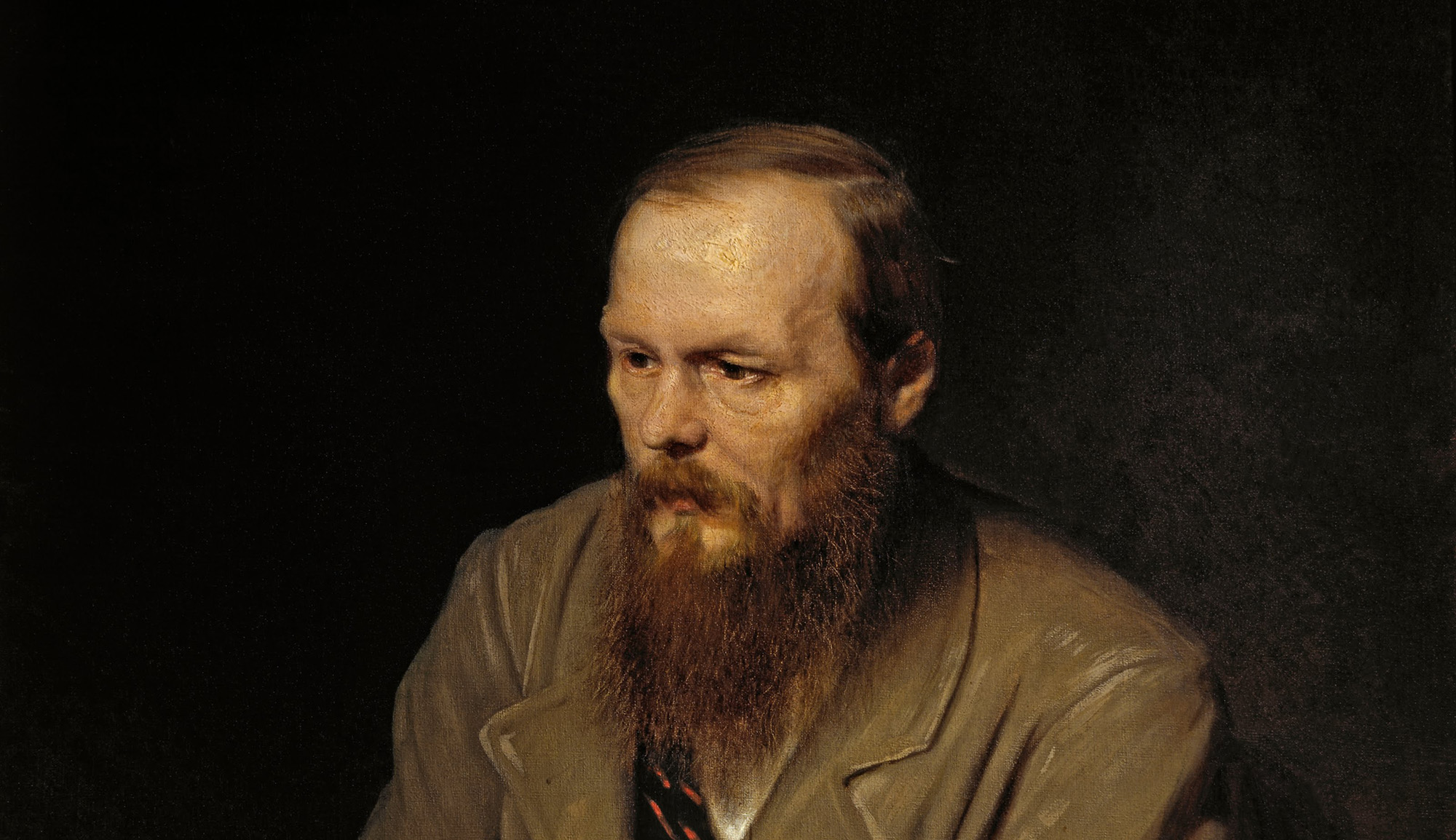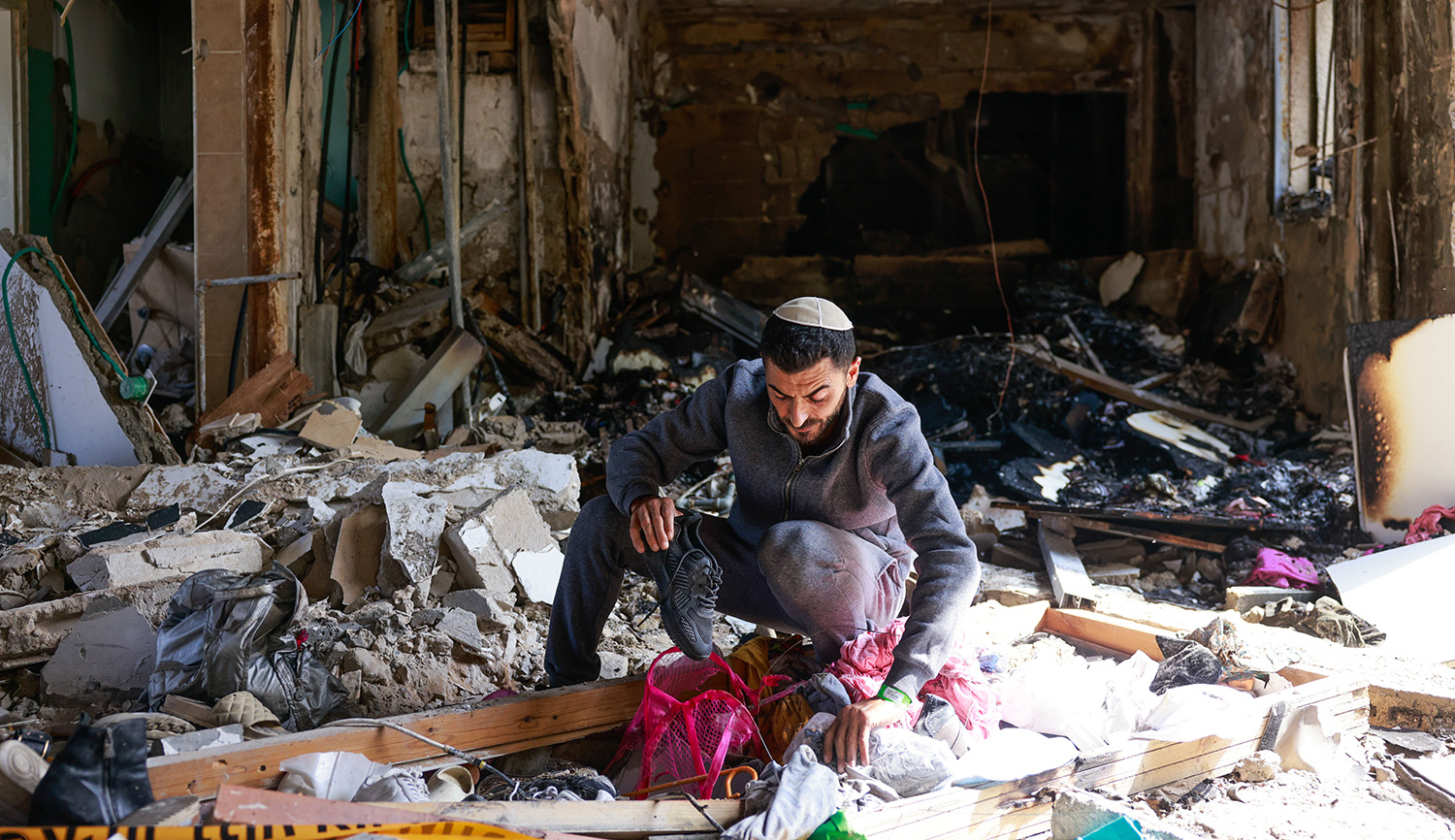It was once a widespread custom among Asheknazi Jews to recite the 10th-century Hebrew poem Adon Imnani on the holiday of Shavuot, which begins on Saturday night and celebrates the giving of the Torah. In one illuminated prayer book, composed in Germany around the year 1300, the opening word of this poem is accompanied by a peculiar illustration of Moses, Aaron, and the Israelites standing at Sinai. Marc Michael Epstein comments on the picture:
Behind a partition (a kind of synagogue m’ḥitsah) of flowering vines, a group of women with normal human bodies, but with the faces of animals, look to the heavens. Such depictions in Ashkenazi manuscripts are common, though here it must be noted that (unlike, say, in the famous Griffins’ Head Haggadah) men are given ordinary human features.
As the men look across toward Aaron and Moses, the women gaze upward at the letter alef, which begins the first word of the poem on the page. . . . The endpoint of their gaze is the trumpets, which broadcast the divine voice. The foremost figure among the group of animal-headed women holds what I believe to be a siddur. If so, then she is the firzogerin (or zogerke), the woman in medieval Ashkenazi Jewish communities who was responsible for reciting, translating, and interpreting the prayers for the female section of the synagogue. This illumination undoubtedly makes Torah the province of men, but I understand this small and easily overlooked detail of the siddur to indicate that the experience of the divine presence is accessible to women through prayer.
Read more at Jewish Review of Books
More about: German Jewry, Jewish art, Jewish liturgy, Mount Sinai, Religion & Holidays, Shavuot


